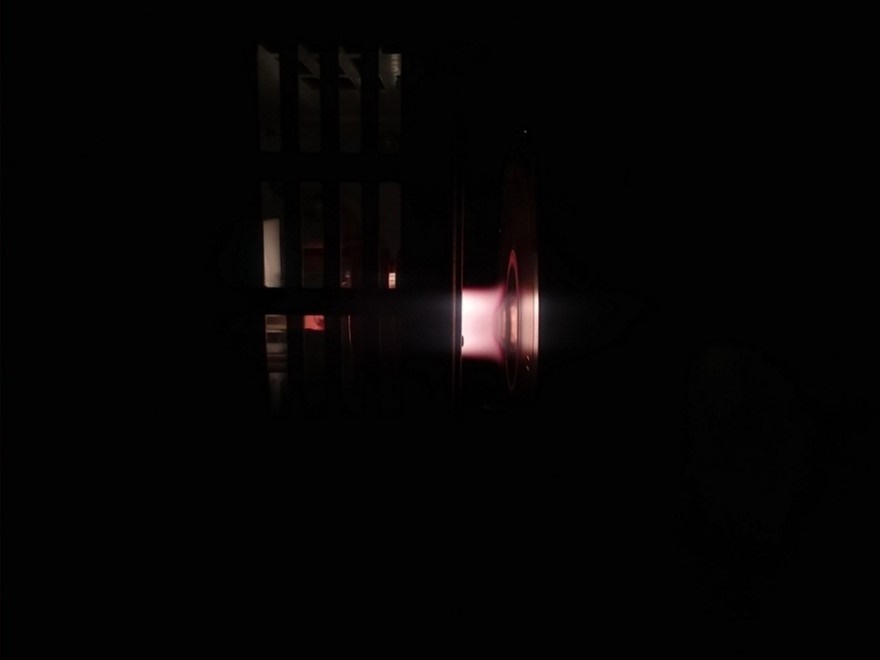2025-06-02 オークリッジ国立研究所(ORNL)

A team of researchers from the Massachusetts Institute of Technology used Frontier to chart the isospin density of a neutron star over a range of conditions. This illustration depicts isospin-dense matter at three increasing densities from left to right. Credit: William Detmold/MIT
<関連情報>
- https://www.ornl.gov/news/mit-researchers-use-frontier-model-density-pressure-inside-neutron-stars
- https://journals.aps.org/prl/abstract/10.1103/PhysRevLett.134.011903
アイソスピン密度の高い物質と原子核の状態方程式に対するQCDの制約 QCD Constraints on Isospin-Dense Matter and the Nuclear Equation of State
Ryan Abbott, William Detmold, Marc Illa, Assumpta Parreño, Robert J. Perry, Fernando Romero-López, Phiala E. Shanahan, and Michael L. Wagman
Physical Review Letters Published: 6 January, 2025
DOI: https://doi.org/10.1103/PhysRevLett.134.011903
Abstract
Understanding the behavior of dense hadronic matter is a central goal in nuclear physics as it governs the nature and dynamics of astrophysical objects such as supernovae and neutron stars. Because of the nonperturbative nature of quantum chromodynamics (QCD), little is known rigorously about hadronic matter in these extreme conditions. Here, lattice QCD calculations are used to compute thermodynamic quantities and the equation of state of QCD over a wide range of isospin chemical potentials with controlled systematic uncertainties. Agreement is seen with chiral perturbation theory when the chemical potential is small. Comparison to perturbative QCD at large chemical potential allows for an estimate of the gap in the superconducting phase, and this quantity is seen to agree with perturbative determinations. Since the partition function for an isospin chemical potential bounds the partition function for a baryon chemical potential =3/2, these calculations also provide rigorous nonperturbative QCD bounds on the symmetric nuclear matter equation of state over a wide range of baryon densities for the first time.



